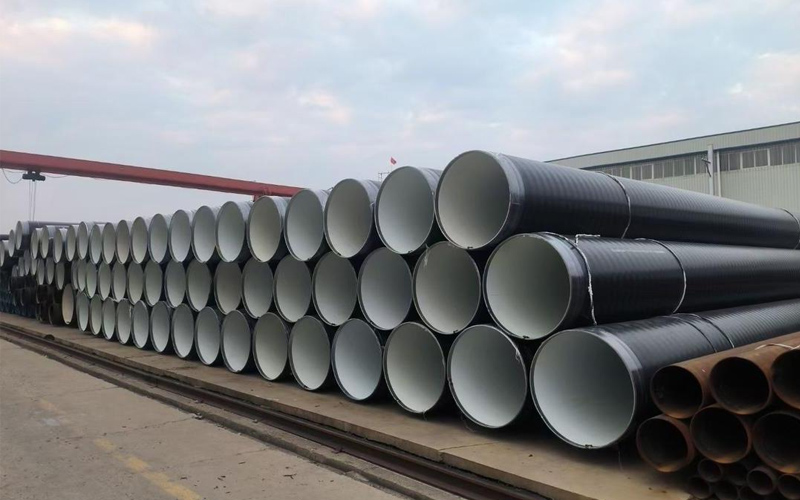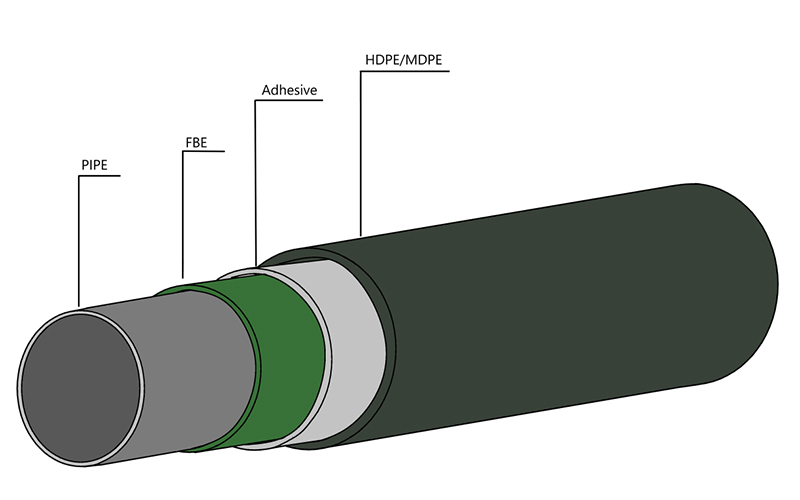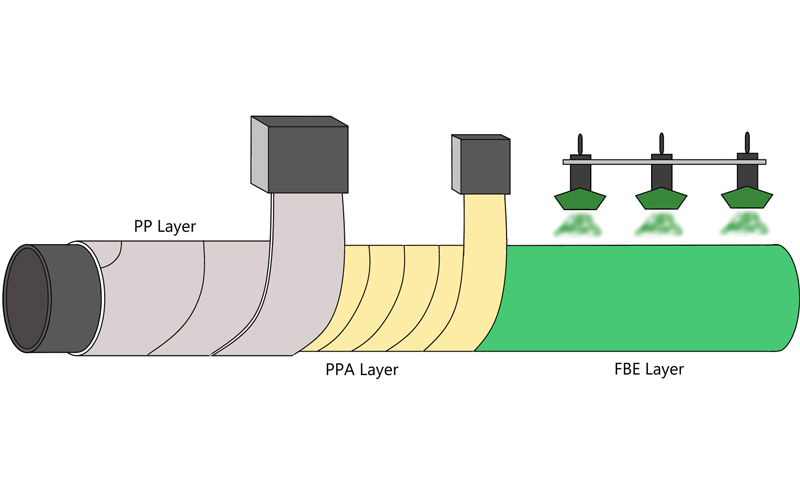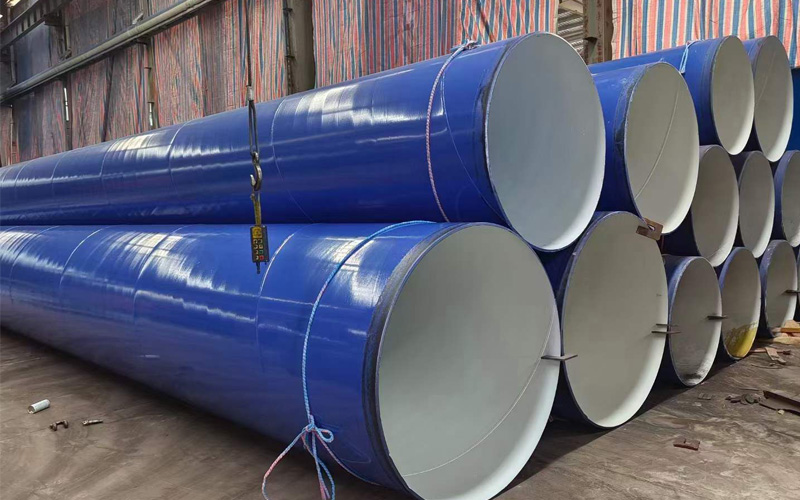DIN 30671: A Guide to FBE Coating for Steel Pipes
DIN 30671 Standard: A Deep Dive into Technical Requirements & Applications
Corrosion protection of steel pipelines, in industries imperative like oil & gas, water supply and Chemical processing etc., is the lifeline to which safety, longevity and operational integrity lie. Of all the international standards for thermoset plastic coatings, DIN 30671 by the German Institute for Standardization (Deutsches Institut für Normung) is known as one of the most rigorous and respected benchmarks in this industry thanks to its exacting technical requirements and excellent protective capabilities.
In this post, we will provide a thorough investigation of DIN 30671 standard in terms of its definition, primary technical requirements and main usage areas to allow you to have an overview on this kind of high protective-performance anti-corrosion solution.
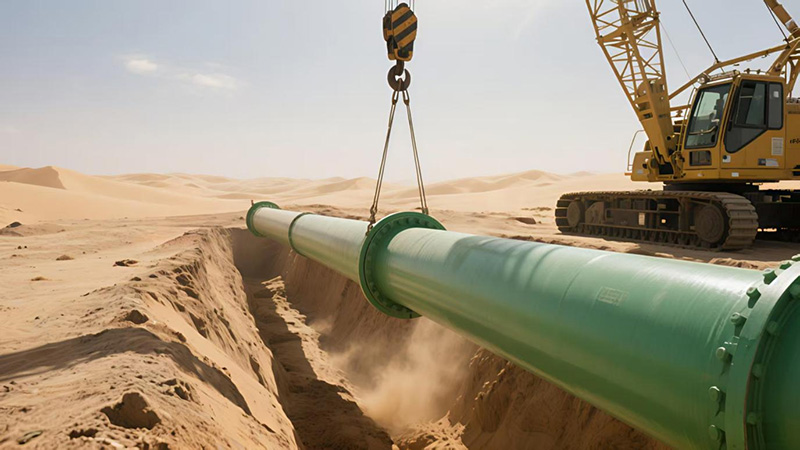
What is the DIN 30671 Standard?
Physial security is a German industrial standard for the corrosion protection of steel pipelines approved for underground installation as DIN 30671 which called “Thermoset Plastic Coating”. Independently, it is TG103-1994 ¨C Technical guide for anti-corrosion coating fusion bonded epoxy (FBE): Part 1 – Application TG104-1999 C Method of test for fusion-bonded epoxy powder and coating The purpose of this document for the Thailand Authority mainly specifies technical requirement, testing method and application guideline to the product based on Thermoset plastics which applied onto a metal substrate.
Unlike thermoplastic coatings (polyethylene, for instance), the curing of a thermoset plastic involves a chemical change that makes it malleable and irreversible; thus creating a highly cross-linked molecular structure. This process provides the coating with fabulous adhesion, chemical resistance, and high-temperature stability.
A Breakdown of Key Technical Requirements
Its stringent performance parameters ensure it is held in high regard across the industry. In order to measure the quality of a protective coating, it is first necessary to understand these criteria.
Coating Thickness
One of the things the standard specifies is a minimum coating thickness, normally 350 microns (µm) and greater, with an axact value adjusted for different nominal diameters of pipe. The essential characteristics of the film are sufficient thickness for providing mechanical protection and insulation.
Adhesion
This is the biggest benefit offered by a FBE coating. The standard demands the paint to persistently keep a high adhesion with the steel even under quite different circumstances like in dry and hot/wet conditions. This strong bond was tested by methods such as the pull-off test, which accurately inhibits corrosive media from entering the interface between coating and steel.
Impact Resistance
To ensure the coating is not damaged by accidental impacts during transport, handling, and installation, the standard sets clear requirements for impact resistance. The test typically involves striking the coated surface with a falling weight of a specific mass; the coating must not crack or delaminate.
Cathodic Disbondment (CD)
Buried pipelines are normally equipped with additional cathodic protection (CP) system. The CD test is to determine how well of a coating shall have resistance against disbondment at a point of damage (i.e. a “holiday”) withthe application of CP voltage. Under these severe conditions (e.g., 28 days at 65°C), DIN 30671 requires that the discontinuity radius up to a very low value (e.g., not greater than 7mm). This is the best judge of a coating’s long-term durability.
Electrical Insulation
Excellent electrical insulation is a prerequisite for shielding the pipe from corrosive electrical currents. The standard requires the coating to maintain a very high specific electrical resistance, even after prolonged immersion in water.
DIN 30671 vs. DIN 30670: What’s the Difference?
To better understand the positioning of DIN 30671, it’s helpful to compare it with the more widely known DIN 30670 (3-Layer Polyethylene, 3LPE) standard.
| Feature | DIN 30671 (FBE) | DIN 30670 (3LPE) |
| Coating Type | Thermoset Plastic | Thermoplastic |
| Core Material | Fusion Bonded Epoxy | Epoxy + Adhesive + Polyethylene |
| Key Strengths | Excellent adhesion, high-temp resistance, chemical resistance | Superior mechanical strength, impact resistance, flexibility |
| Operating Temp. | Generally suitable for higher service temperatures | Operating temperature range is comparatively lower |
| Structure | Single-layer system | Complex three-layer composite system |
In short, DIN 30671 excels in providing maximum bonding and chemical resistance, while DIN 30670 offers more robust mechanical protection.
Primary Application Areas
Because of it excellent performance profile, the fbe steel pipes in acc.with DIN 30671 conquered many challenging application areas such as:
· Oil & Gas Transmission Pipelines: For Crude oil, refined products and natural gas trunk lines transmission-line or branch lines of high temperature operating systems;
· Municipal Water & Wastewater: Delivering effective and long lasting corrosion protection for both internal and external potable water/sewage pipelines
· Fire Protection Systems, making sure the fire sprinkler pipelines are not corroded and in ready condition should it be needed after a long period of non-activity.
· Chemical Processing – For piping systems that are used to transport different kinds of corrosive chemical agents.
· Port & Marine Engineering- For steel piles of docks and sub-sea pipelines, also for anti-high salinity, moisture and other harsh environment.
Frequently Asked Questions (FAQ)
Q: How do I ensure that a pipe coating is actually certified according to DIN 30671?
A: In addition to asking for a complete Material Test Certificate (MTC) from the supplier, you should carefully examine the test reports of several critical performance measures and focus on the actual measured results of adhesion, cathodic disbondment and coating thickness. Enlist third-party testing for certification, if needed .
Q: How long should a DIN 30671 coating last?
A:Typically, with good design and high-quality application, as well as no resultant main mechanical damage once in operation, a FBE coating life expectancy can be 30-50+ years, equivalent in some cases to the operational lifetime of the transported pipe infrastructure itself.
Conclusion
DIN 30671 is more than just a technical specification; it is a commitment to pipeline safety and long-term value. The FBE coating it defines provides a rock-solid layer of protection for critical infrastructure projects worldwide, built upon a foundation of unparalleled adhesion and corrosion resistance.
If you are purchasing corrosion-resistant steel pipes that comply with the DIN 30671 standard, or if you need expert technical consultation for your specific project, Allland steel pipe is always ready to help.











